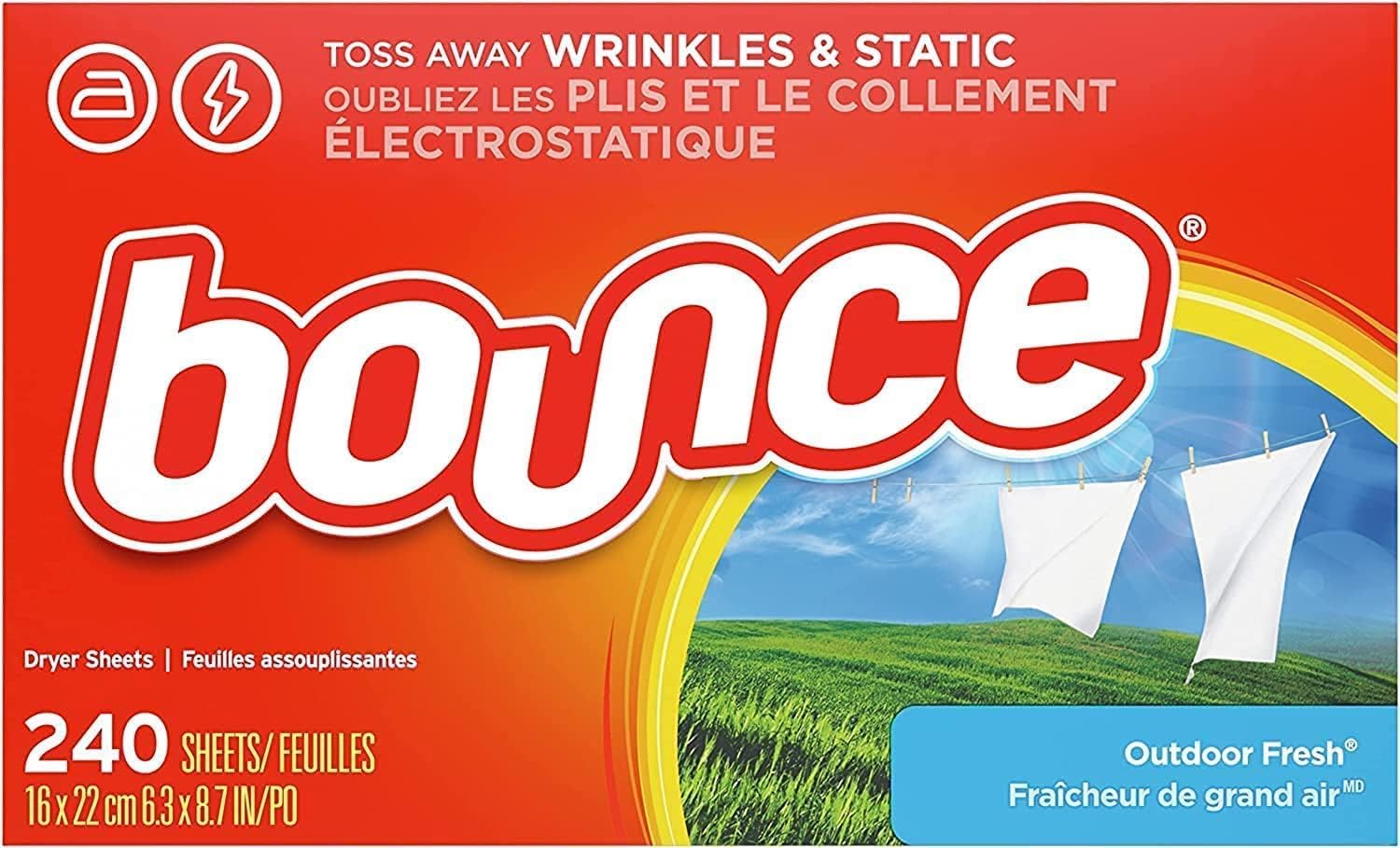About this deal
Aside from the extensive scent selection, we love that this eco-friendly fabric softener is biodegradable and made using a cruelty-free formula. Plus, it makes your laundry soft, fluffy, and static-free load after load. While a little goes a long way with this product, the bottle can only handle up to 32 loads, which is smaller than some of other selections.
Rinse-cycle softeners usually contain cationic surfactants of the quaternary ammonium type as the main active ingredient. Cationic surfactants adhere well to natural fibers (wool, cotton), but less so to synthetic fibers. Cationic softeners are incompatible with anionic surfactants in detergents because they combine with them to form a solid precipitate. This requires that the softener be added in the rinse cycle. [5] Fabric softener reduces the absorbency of textiles, which adversely affects the function of towels and microfiber cloth. [6] [ failed verification] One of these substances is quaternary ammonium, which is non-biodegradable and has the potential to harm marine life. Additionally, many fabric softeners are not cruelty-free. Fairy Fabric Softener, when paired with Fairy non-bio laundry detergent (which you can find in our guide to the best laundry detergents for babies), reminds many Mums of those lovely, cuddly newborn days. From baby grows to bed sheets, parents across our Mumsnet forums trust Fairy to leave their laundry sweetly scented and huggably soft, which is why as our most recommended product, it secured the top spot as the best fabric softener. So, no fabric softener isn’t necessary, but it can make your clothes feel great against your skin, save you ironing time and make them smell lovely. Seventh Generation’s fabric softener is made from plant-based ingredients, resulting in a softening effect that is cruelty-free. It is a USDA-certified biobased product that is biodegradable and free from dyes and synthetic fragrances.
Best practice for using fabric softeners and conditioners
Although opting for Method’s fabric softener is more environmentally favorable than buying from a conventional brand, its environmental footprint is the highest on this list. It succeeds in incorporating naturally derived ingredients in its fabric softener but also adds synthetic fragrances. Clothes that feel stiff after washing and drying need fabric softeners, while fabrics that feel static or need protection against stretching and discolouration need a fabric conditioner. When should I not use fabric softener/conditioner? Of course, using natural fabric softeners does come with a risk as well, you may be allergic to an ingredient, for example, but as long as you read the ingredient list before using it, a natural fabric softener can soften and crease-control your clothes without any harmful chemicals in sight! Just remember that these won't improve the smell of your laundry; they just help to soften the fibres! How we chose our recommendations Mumsnetter recommendations
If using dryer sheets, add a new sheet to the top of your load before starting a dry cycle or simply toss in 2-3 dryer balls after loading laundry into your dryer. Learn more about using dryer sheets and how they work. While fabric softener is not necessary, it can improve the scent and feel of your freshly laundered load. “Fabric softeners are great wrinkle and static reducers,” says Laurie Fulford of Poplin Laundry.She notes the main appeal of fabric softener is the scent. If you love clothes that come out of the dryer smelling like lavender, eucalyptus, or citrus, then fabric softener is a must-have in your laundry routine, she says. Anionic softeners and antistatic agents can be, for example, salts of monoesters and diesters of phosphoric acid and the fatty alcohols. These are often used together with the conventional cationic softeners. Cationic softeners are incompatible with anionic surfactants in detergents because they combine with them to form a solid precipitate. This requires that they be added in the rinse cycle. Anionic softeners can combine with anionic surfactants directly. Other anionic softeners can be based on smectite clays. Some compounds, such as ethoxylated phosphate esters, have softening, anti-static, and surfactant properties. [7] Risks [ edit ]Silicone polyethers, i.e., comb-like polysiloxanes containing grafted segments of ether oligomers, silicone elastomers (SEs), and silane coupling and crosslinking agents (SCA) are also commonly used [ 55, 56]. Examples of chemical structures of non-ionic and cationic silicone softeners, most often used in the textile industry, are presented in Figure 3 and Figure 4 [ 10]. If the skin sensitivity is due to artificial ingredients, you might be better off looking at a product made with only natural ingredients and is approved by Allergy UK, such as the Ecover Zero fabric conditioner. Environmental impact In recent decades, silicones are the most often used softeners in the textile industry [ 60]. Amino-functional polysiloxanes and silicones containing polyether groups (very often ethylenoxy or propylenoxy) are the most commonly applied softeners for textiles. Modified silicone agents are used more and more often, ensuring, apart from the softening effects, also a certain hydrophilicity of the finished products. This effect is achieved by introducing amino groups into the side chain and results in a high softness and smoothing property [ 4]. Telechelic carbofunctional polysiloxanes containing terminal amino or hydroxy groups, apart from softness and smooth grip, give the products flexibility and trouble-free sewing of the fabrics and a reduction in creasing combi
 Great Deal
Great Deal 